In its 31st birthday year, the Tampa Museum of Art opened a new building. That happened Saturday, and news accounts heralded it.
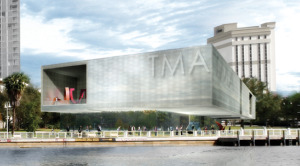 The $32.8 million structure, designed by Stanley Saitowitz, has 66,000 sq.ft, including 26,000 sq. ft. of galleries, and is set in a sculpture garden and an eight-acre park. It plans to be open seven days a week. Adult admission: $10.
The $32.8 million structure, designed by Stanley Saitowitz, has 66,000 sq.ft, including 26,000 sq. ft. of galleries, and is set in a sculpture garden and an eight-acre park. It plans to be open seven days a week. Adult admission: $10.
It starts off with exhibitions on Matisse, especially printmaking, but with paintings borrowed from the Cone Collection and other works from the Pierre and Tana Matisse Collection; From Life to Death In the Ancient World (from its own collection); of works borrowed from the Bank of America collection and another of works from the Martin Z. Margulies collection; and of photos by Garry Winograd.
As with the new Art Gallery of Alberta, that’s a nice beginning, and the challenge will be to keep it up.
But happily (I think) the Tampa museum tempered its initial, overblown ideas, which involved a $45 million building by Rafael Vinoly and ambitions to be a Guggenheim Bilbao. As the St. Petersburg Times recounted the cautionary tale, the cost had skyrocketed to $76 million as time passed while the board and the mayor (the city owned the museum then) wrangled over finances and location. Eventually they chose a more fiscally responsible path, changed architects and locations, and now,
The museum is no longer a city department and trustees control its destiny; city subsidies have been reduced and a new director heads it. The building is named the Cornelia Corbett Center in recognition of the lead gift of $5 million from the Corbetts. Her term as board chair is over.
So the ending is happy, happier than such vast compromises and differences would have portended. The trustees have a park setting on the river with good architectural provenance. The mayor has a smaller, fiscally responsible building.
This is an area to watch. As the Miami Herald reported yesterday,
The Tampa museum is part of a flurry of construction in arts venues along Florida’s west coast. Across the bay in St. Petersburg, The Salvador Dalà Museum’s new $35 million home is expected to be completed by December. In 2008, the St. Petersburg Museum of Fine Arts doubled its gallery space by adding the 39,000-square-foot, $21 million Hazel Hough Wing, which enabled the museum to stage larger shows and exhibit monumental sculptures and paintings.
In Sarasota, the John and Mable Ringling Museum of Art is undergoing a $7.5 million expansion, adding a 24,000-square-foot wing. As with the St. Petersburg and Dalà museums, the architect is Yann Weymouth, who designed the Frost Art Museum at Florida International University.
Sounds as if it’s worth a visit.
Photo Credit: Courtesy Tampa Museum of Art

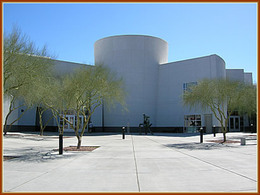
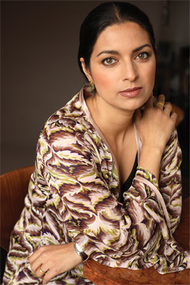
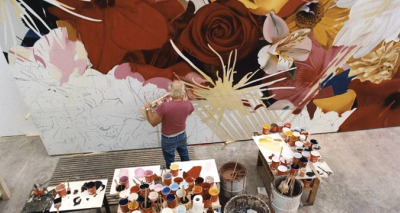 Kudos to Rosenquist for remembering his roots.
Kudos to Rosenquist for remembering his roots.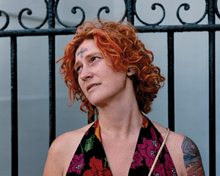
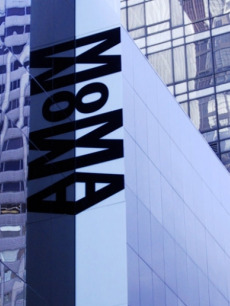 According to a website called
According to a website called